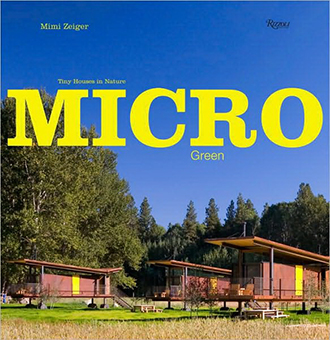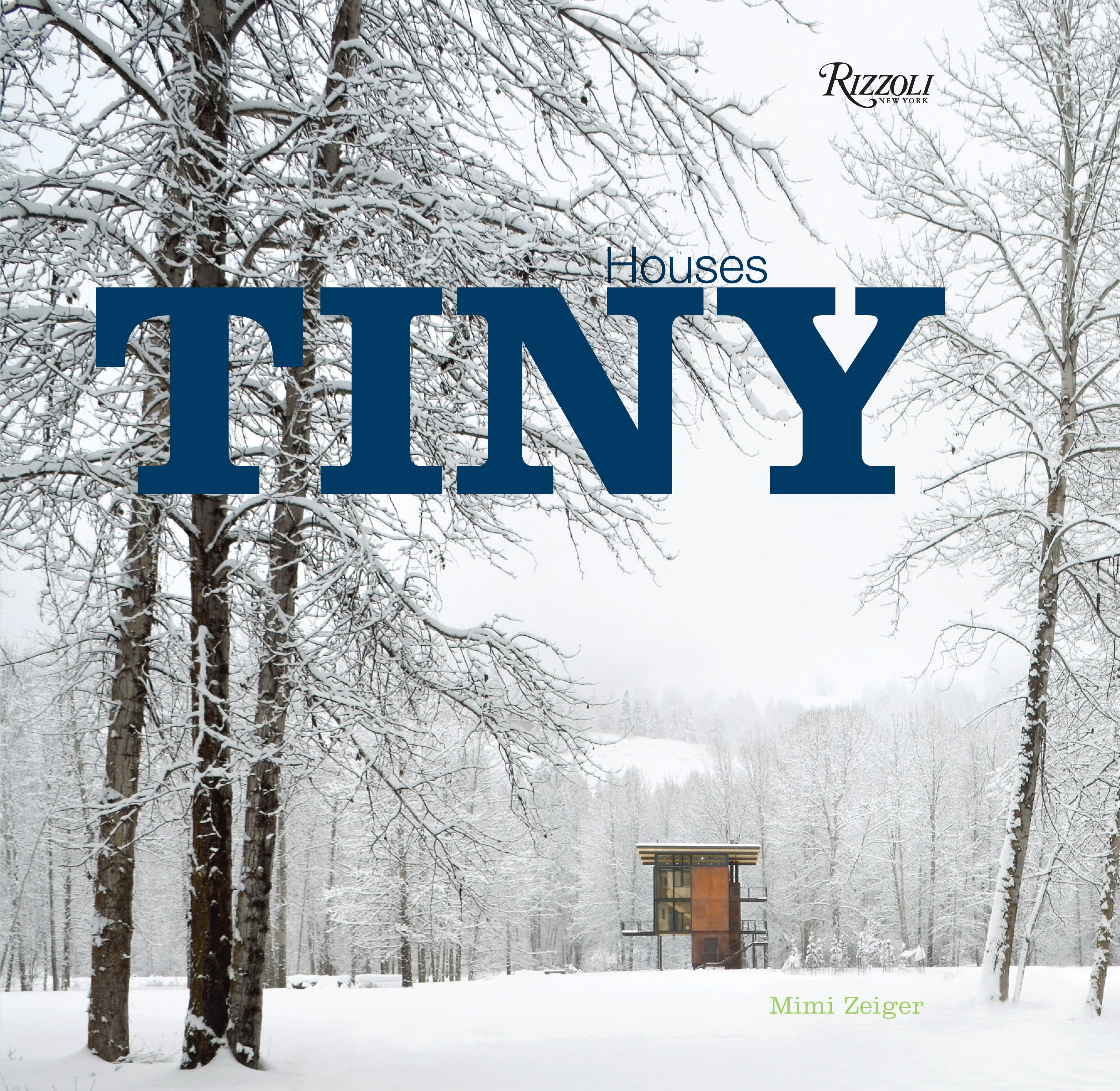Until recently most Angelenos likely regarded tiny houses — residences as small as 70 square feet — with bemusement, as fodder for cable TV series or design magazines. Last month, however, tiny houses became a social justice cause when the city seized three that had been donated to people who are homeless.
Boxy and brightly painted, with wheels, lights and a lockable door, these particular crowdfunded shelters were constructed by Los Angeles resident Elvis Summers and provided to homeless people in South Los Angeles as a step up from the tents and tarp settlements that now dot the city. His act of good samaritanship has sparked a debate among city officials, activists, homeless individuals, and neighborhood residents over whether tiny houses are blight or salvation. Read More …

